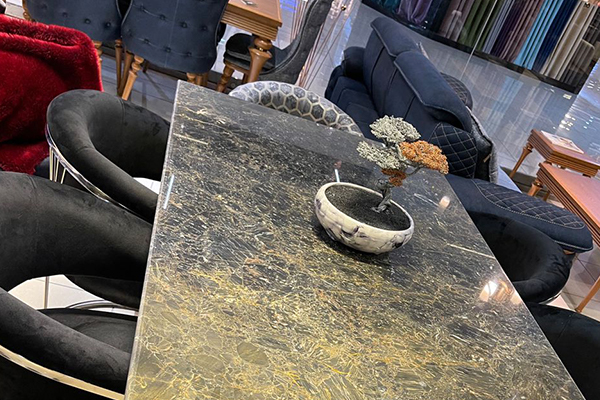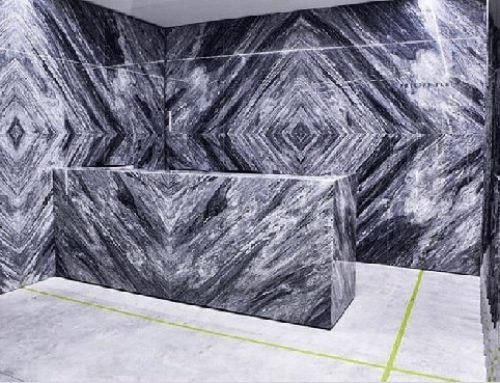Marbleis a type of natural stone that is used in the construction of residential buildings, public buildings, offices and religious buildings. Apart from flooring, marble tiles are also used behind curtains, table tops, facades and as decorative wall coverings.
For more durability, it is recommended to use quality marble. In diagnosing quality marble, pay attention to the following:
Step 1
Turn the marble tile over and look behind it. If the back of the tile appears to be covered with mesh or netting, this stoneis more brittle than the rest. This mesh is fiberglass and is used to strengthen the stone against cracking or breakage. Such marble may not be suitable for various applications, as it may crack and also break very quickly.
Step 2
Examine the work surface under light and hold it at a 45 degree angle. If there are small pieces and stains on the polished surface of the stone, it may indicate holes that are filled with materials.
Some stones, such as marble, have holes filled in the lower grades. Higher quality stones have no cavities to be filled with epoxy or resin. You should avoid buying stones with fillings that do not match the color of the stone or stones that have large amounts of filler. Over time, the filling may disappear and a hole may be created in the stone that the homeowner can use to prevent damage. More to be forced to patch it.
Step 3
Examine the stonefor streaks on its surface and then turn the tile over to see if there are any cracks or crevices in the area behind the rock. Some rocks, such as Crema Marfil, are very prone to cracking and may crack if the crack is deep enough.
Small cracks are common in some stones and you will have no problem using them as wall coverings. Also, for stones that are installed in low traffic areas, the presence of these cracks has no effect on its quality and use.
Step 4
Ask for the full name of the marble along with its sort. For example, super marble sorts have a higher quality than other sorts.
Also, look for the hardness factor of marble. If the stone has a high hardness coefficient, but seems to have a resin, filler or fiberglass crack, the stone is not of good quality. A stone with a lower hardness coefficient may have these qualities without affecting the overall quality of the stone or its use.



Leave A Comment